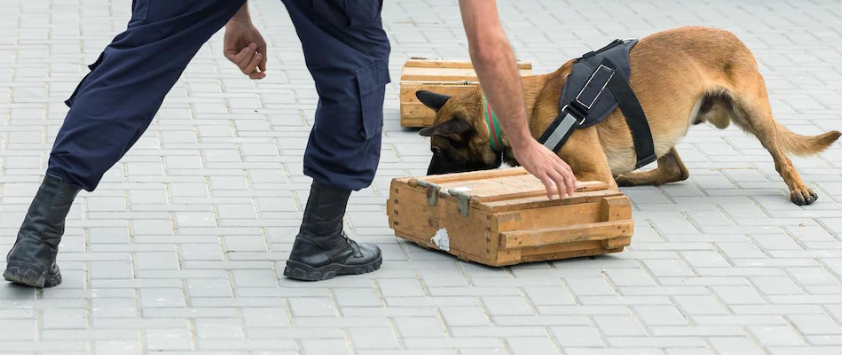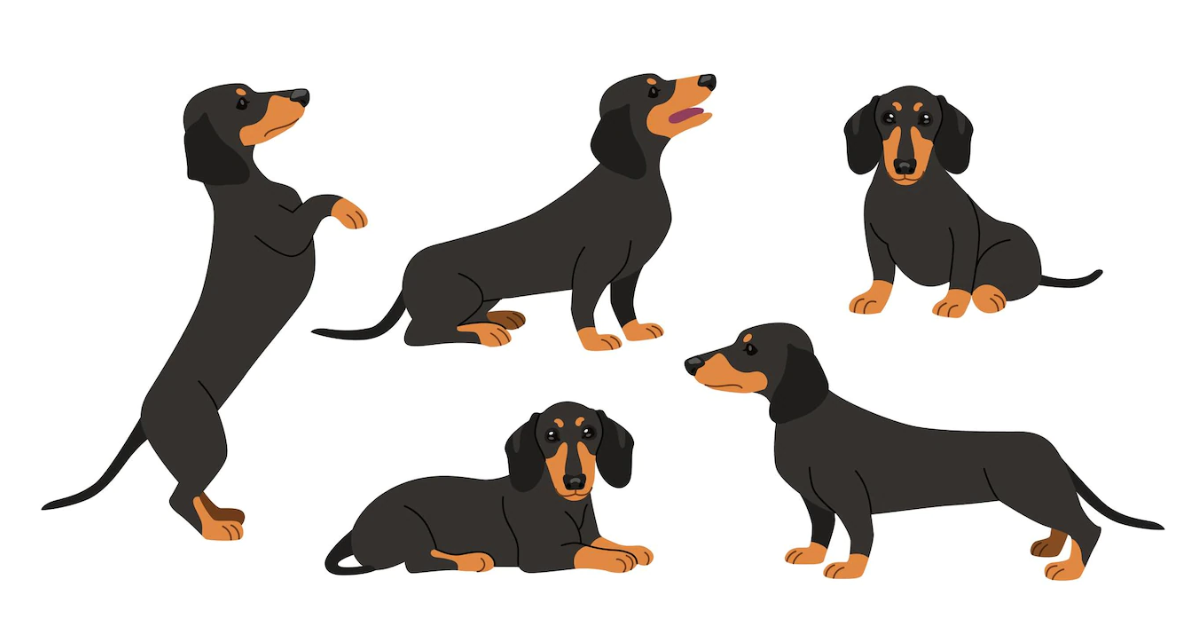Do you want to prepare your dog to become a full-service dog and are unaware if they would qualify?
Trust me, it is easier than you think to get your pet to become a service dog, but it would require some effort.
A service dog is a highly esteemed job among pets; a service dog requires a canine that can grow abilities to assist a differently-abled person.
To qualify as a service animal, the dog has to be calm with correct behavioral patterns and strength and have a proper age and health.
However, some dogs may be disregarded to become service dogs because of their behavioral issues and long history of illness.
Read on to find out whether your dog can become a full-service dog and how you can make them one.
What Makes a Service Dog?
Many studies have shown that dogs provide many health benefits to humans and help increase their fitness, lower stress, and improve happiness.
Primarily dogs are chosen as service animals, but they are not called pets.
Moreover, not all dogs qualify to become service animal because one should encompass all abilities combined with training to perform specific tasks.
According to the Americans with Disabilities Act (ADA), a service dog is a dog that is individually trained to do work or perform tasks for a person with a disability.
The disabilities may include physical and mental impairment that limits major life activities.
However, they were not always used as service dogs.
It was known as a Seeing Eye Dog in the 1920s because a dog, specifically a German shepherd, was first used as an assistant to a blind person.
They are trained for many different activities to assist differently-abled individuals in their daily tasks.
A guide dog helps guide visually impaired persons; a hearing dog will help alert deaf people, while mobility dogs assist people on a wheelchair or walking devices.
Similarly, a medical alert dog will signal the onset of one or many medical issues, and a psychiatric service dog assists a person with psychiatric problems.
Can Any Dog Breed Become a Service Dog?
Indeed, any dog breed can be qualified to become a service dog.
ADA does not restrict the type of dog breed that can serve as a service animal, assuming it has been trained to assist an individual with a disability.
Small breeds like Papillion may not be appropriate for pulling a wheelchair but make an excellent hearing dog.
Similarly, a German shepherd and Saint Bernard will make an excellent mobility dog, and Labrador or Golden Retriever will make a great guide dog.
Yorkies make a great psychiatric dog who can detect epileptic seizures and subtle changes in a diabetic’s glucose level.
How to Make Your Dog a Service Dog?
Here is a brief guide to help you understand whether your dog can become a service dog.
1. Determine Their Abilities and Limitations

Before deciding to train them, start with determining whether they possess the abilities to become a service dogs.
Ask yourself these questions.
a. How old is your dog?
A dog should be over six months old and less than 60% of its life span to start training.
b. What is your dog's temperament?
They should not respond aggressively to other dogs and must be calm and collected at all times.
Neutering or spaying may help with it.
c. What is its attention span?
They should have attention long enough to handle being in the same place, state, or condition without being distracted.
d. What are their limitations?
Assess their limitations, including physical or mental imbalance.
2. Find a Trainer or Train Yourself

Training a dog to become a service companion requires rigorous training.
Start with finding a reputable trainer who has trained numerous dogs before, or take up the task yourself.
You can train them yourself if you have experience training service dogs before; otherwise, consider following the service dog guide to becoming one.
There are no required ADA certifications for service animal training; hence, you are welcome to do it yourself.
However, you should not misrepresent your pet as a service dog.
In 2016, the Association of Service Dog Providers for Military Veterans created “CGC Plus,” a minimum standard for training and behavior for the service dogs their members provide to veterans.
The trained dogs must pass the AKC Canine Good Citizen, Community Canine, and Urban CGC tests.
3. Start Basic Lessons

Here is where the lesson begins. Start with teaching your dog the basics to become a service dog.
- Train your dog to ignore distractions.
- Encourage socialization and basic obedience training.
- Your dog should perform work or specific tasks to assist with a disability; walking, hearing, etc.
- Narrow down the training to a more specific need:
- Sensing a medical alert
- Tactile stimulation during a panic attack
- Reminding the handler to take their medication
- Scouting a room for someone with PTSD
- Grounding/blocking in public areas
- Detecting changes in glucose levels
- Picking up objects
- Interrupt repetitive patterns
It takes essential qualities for a particular dog to become a service dog.
A shy and anxious dog is less likely to be receptive to the training, and going out in public will be a source of stress and anxiety.
4. Provide Training Time

Start with training your dog and putting time to prepare it properly.
Although the United States has no minimum requirement, the International Association of Assistance Dog Partners (IAADP) recommends about 120 hours to six months of conducive training.
The training time will depend on the dog and the needed skills.
Similarly, the trained dogs would require spending a minimum of 30 hours in public to learn to be responsive and unobtrusive in various situations.
Taking them to dramatic situations will help put their skill and patience to the test.
5. Find an Effective Training Method

Not all trainers or handlers have followed the same philosophy for training a dog.
Depending on their school of thought, some will stimulate their dog's enthusiasm and interest, while others practice both reward and punishment.
Many experts recommend positive reinforcement and reward over punishment to train any dog.
DVM Debra Horowitz speaks against punishment. According to her,
Pets may act guilty if they can predict when you are about to administer punishment.
Instead, the dog should be immediately rewarded for the new behavior and provide positive reinforcement wherever needed.
The researchers suggest that aversive training methods like leash popping, alpha rolls, yelling, etc., will compromise the welfare of companion dogs.
6. Pass a Public Access Test

A public access test allows you to test your dog in real-life situations.
There are set standards for when a service dog is ready to accompany its handler in public.
Here is a list of essential criteria for a service dog to follow.
- No aggressive behavior towards people and other animals.
- Cease sniffing behaviors unless released to do so.
- No solicitations for food or affection while on duty.
- No over-excitement and hyperactivity in public.
- Able to tolerate novel sights and sounds in various public settings.
- No unruly behavior or excessive barking.
- No relieving themselves in public without being given a specific command.
Although there are no IDs or certifications for a service dog, many people or organizations may insist on showing one.
However, you can always carry a custom Service Dog ID card ad Service Dog Vest as proof.
You should understand that an ID or certification would not guarantee a service dog; hence, you can choose not to get any certificate as well.
For more information, please check this infographic out.

Conclusion
It is essential to understand that your service dog is a working dog but a pet.
Because they perform this essential function for one person, they should be trained and familiarized with real-time situations.
Get in touch with Urban Pet Hospital & Resort, the doggy daycare in Urbandale specializing in canine medical and treatment services, grooming, and training.